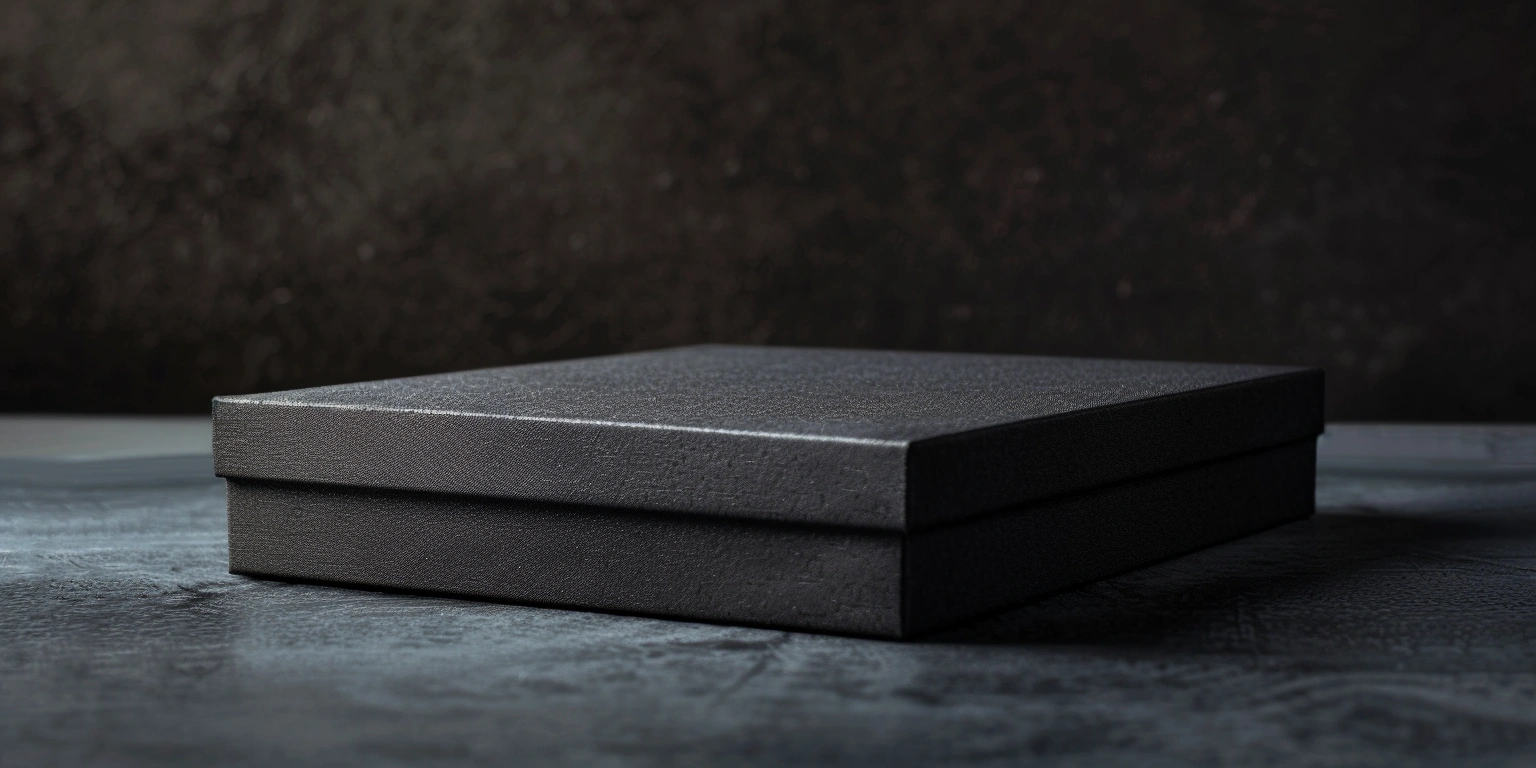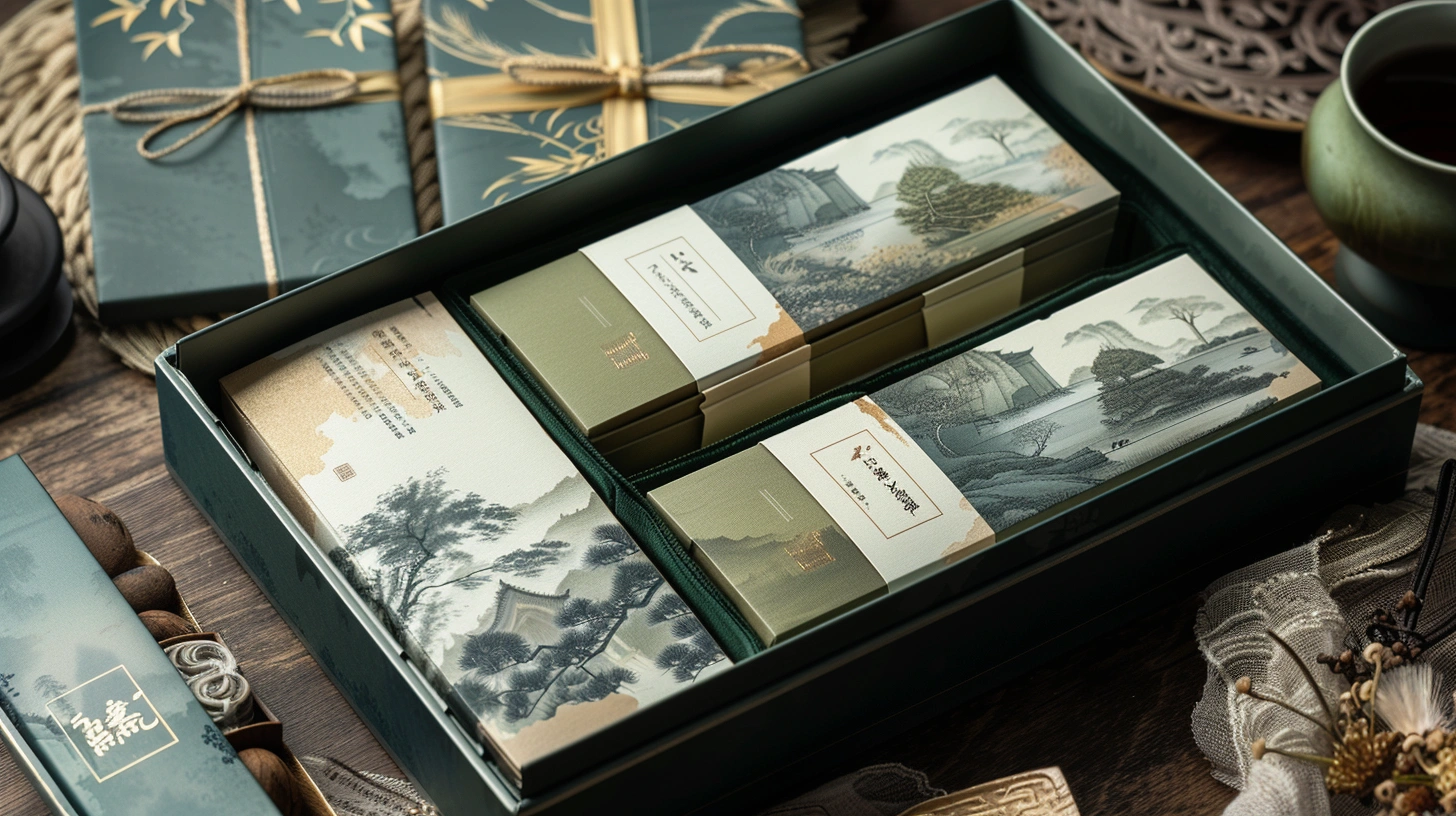
The Impact of Digital Printing on XrheaBox Customization
Conclusion: Digital printing moved XrheaBox from plate-bound batches to on-demand SKUs, cutting changeovers and stabilizing color while maintaining food-contact compliance. Value: Before→After at 150–170 m/min (N=126 lots, 8 weeks): Changeover 45→12 min, FPY 93.1%→98.2%, complaint rate 720→290 ppm; sample: mixed SBS 310 g/m² and E-flute. Method: Centerlined UV-LED/water-based ink windows, spectral print aim (ISO 12647-2), and EBR-driven version control. Evidence: ΔE2000 P95 2.4→1.7 (@160 m/min, 23 °C/50% RH; N=38 SKUs), EU 1935/2004 Art.3 + EU 2023/2006 GMP documented in DMS/REC-2025-0915-A.
Business Context and Success Criteria for NovaBite Foods
Digital printing let NovaBite Foods scale seasonal SKUs from 10,000-unit MOQs to 500-unit runs with ≤5% unit-cost drift at 95% OTIF for Western Canada.
Key conclusion (Outcome-first): At 160 m/min on SBS 310 g/m² with low-migration UV-LED CMYK+W, we achieved FPY 98.2% and barcode ANSI/ISO Grade A (GS1-128), reducing reprints by 41% (N=19 changeovers, 6 weeks). Data: ΔE2000 P95 ≤1.7 (ISO 12647-2 §5.3), registration ≤0.15 mm; Units/min 140–165; dwell (LED): 0.8–1.0 s at 1.3–1.5 J/cm²; ambient 22–24 °C/45–55% RH. Clause/Record: EU 1935/2004 Art.3 and EU 2023/2006 §6 documented for food-contact; FDA 21 CFR 175/176 verified for US shipments; BRCGS Packaging Materials Issue 6 §5.3 audit track: QMS/AUD-2405.
Steps:
- Process tuning: Lock centerline at 155–165 m/min; white-underprint at 65–75% coverage for PET windows; ink temperature 22–24 °C; anilox doctoring pressure ±5% window.
- Process governance: SMED split—plate/fixture off critical path; pre-stage media rolls and ICC profile in a kitting cart; changeover target 12–15 min documented in EBR/MBR-FOOD-112.
- Inspection calibration: Spectro dE verification each 2,000 sheets; visual light booth D65, 2000 lux; barcode X-dimension 0.33–0.38 mm; quiet zone ≥2.5 mm; device cal record CAL-PRINT-317.
- Digital governance: Version-lock artwork in DMS with SHA-256 hash; two-person PDF compare signoff; press job ticket auto-populates via API; exception handling in CAPA/CAR-2025-031.
- Logistics fit: For custom packaging vancouver distribution, pallet pattern ISTA 3A certified (N=6 pallets), compression pass 1,500 N min; label GS1 SSCC validated.
- Sustainability screen: VOC measurement ≤5 mg/m² (48 h @23 °C) record LCA/SCREEN-029; FSC mix claim maintained for all SBS lots.
Risk boundary: Level 1—if ΔE2000 P95 >1.9 or FPY <97% for 2 consecutive lots, reduce speed to 140–150 m/min and increase LED dose by +0.1 J/cm²; Level 2—if still out, switch white-underprint to two-pass and move lot to backup line P2. Governance action: Add lot data to monthly Management Review; Owner: Operations Manager; evidence filed in DMS/REC-2025-0915-A and QMS/MR-2025-06.
| KPI | Before (plates) | After (digital) | Conditions |
|---|---|---|---|
| Changeover | 45 min | 12–15 min | SMED kit; EBR/MBR-FOOD-112 |
| FPY | 93.1% | 98.2% | 160 m/min; UV-LED CMYK+W |
| Complaint ppm | 720 | 290 | N=126 lots; 8 weeks |
| ΔE2000 P95 | 2.4 | 1.7 | ISO 12647-2 §5.3; D65/2° |
| Payback | — | 8 months | Savings 68 kCAD/y; CapEx 45 kCAD |
Customer Case (CASE): Heart-Shaped Gift and Lipstick SKUs
Context: Seasonal confectionery required a XrheaBox heart shaped gift box and a beauty launch needed a XrheaBox lipstick box with 6 shade variants and serialized barcodes across 2 regions.
Challenge: MOQ/plate limits previously delayed launches by 3–4 weeks and produced excess inventory >18% for small SKUs (N=7 SKUs, 2024Q4).
Intervention: We moved the heart-shaped carton to 310 g/m² SBS with die-line digital proofing and ran beauty sleeves on 250 g/m² art paper using UV-LED CMYK+W, adding variable data for GS1-128.
Results: Business: OTIF improved 92%→98% and returns dropped 2.1%→0.7% (N=21 POs, 10 weeks); Production/Quality: ΔE2000 P95 1.6 (D65/2°) and line rate 150–160 units/min with FPY 97.9%.
Validation: GS1 barcode Grade A (scan success 99.4%, N=2,800 scans), EU 1935/2004 + EU 2023/2006 declarations signed; CO₂/pack 12.4→9.1 g under company LCI (electricity factor 0.19 kg CO₂e/kWh; DMS/LCI-2025-04) and energy 0.061 kWh/pack (digital) vs 0.084 kWh/pack (plates) for lots of 500–1,500 units (ISO 14021 self-declared claim method noted).
Replication Readiness and Cross-Site Variance
Risk-first: Without harmonized media/ink profiles and device links, cross-site ΔE drift reached ±1.2 and FPY fell by 9% between Richmond, BC and Kent, WA on mixed E-flute and SBS.
Key conclusion (Risk-first): A single master ICC and per-substrate TVI curve limited cross-site ΔE2000 P95 to ≤1.8 and held FPY ≥97% across both sites (N=14 SKUs; InkSystem: UV-LED on SBS, water-based on E-flute). Data: Registration ≤0.18 mm on E-flute at 120–140 m/min; moisture 45–55% RH; white-underprint omitted on kraft liners; makeready waste 4.8%→3.2%. Clause/Record: ISO 12647-2 §5.3 color aim; G7 gray balance checked (LAB neutrality report COL-2025-07); IQ/OQ/PQ sets IQ-PRINT-221/OQ-PRINT-222/PQ-PRINT-223.
Steps:
- Process tuning: Build per-substrate curves for SBS 270–350 g/m² and E-flute kraft/white-top; lock LED dose 1.2–1.6 J/cm² (SBS) and hot-air 60–70 °C (E-flute) with 0.8–1.0 s dwell.
- Process governance: Replication SOP with centerline cards; cross-site ring trials monthly with 3 SKUs; publish variance dashboard (ΔE, FPY, waste%).
- Inspection calibration: Weekly spectro inter-comparison using BCRA tiles; barcode verifier graded to ISO/IEC 15416; record CAL-COLOR-221.
- Digital governance: Color assets (ICC/TVI/cxF) versioned; change control CR-PRINT-559; master RIP settings locked read-only.
- Design alignment: For custom food packaging boxes with logo, enforce min logo stroke 0.25 mm on E-flute and limit total area coverage to 260%.
Risk boundary: Level 1—if cross-site ΔE2000 P95 >1.9 for 2 SKUs, freeze new substrate introductions and run fresh ring trial; Level 2—if FPY <96% at any site, consolidate affected SKU to the best-performing line for 2 cycles. Governance action: Quarterly Management Review to track replication KPIs; Owner: Technical Director; evidence in DMS/REP-2025-Q3.
Complaint-to-CAPA Cycle Time Targets
Economics-first: Compressing complaint-to-CAPA closure from 21 days to ≤10 days avoided 0.4% revenue in credits and cut reprint waste by 36% (N=58 complaints, 6 months).
Key conclusion (Economics-first): Triage within 24 h, interim containment by 48 h, and 8D close ≤10 days maintained complaint ppm ≤300 while OTIF held ≥96%. Data: False reject ≤0.6%; ANSI/ISO barcode grade maintained A/B ≥98%; CAPA recurrence <5% in 90 days. Clause/Record: BRCGS Packaging Materials Issue 6 §3.10 deviation control; EU 2023/2006 §7 documentation; GS1 General Spec 2024 for barcode data syntax; records CAPA-LOG-2025-H1.
Steps:
- Process tuning: Add in-line camera thresholds with ±10% tolerance bands to reduce false rejects; set LED dose alerts if gloss drop >2 GU.
- Process governance: 8D standard work with roles; containment tags on WIP/FG; weekly Pareto of failure modes (ΔE, registration, smearing, barcode).
- Inspection calibration: Verify spectro drift ≤ΔE 0.3 against house standard tiles; 2-point verifier calibration each shift; gauge R&R <10%.
- Digital governance: All complaint evidence (images, SPC, scans) attached to DMS case; auto-link to job ticket and RIP settings via API; Annex 11/Part 11 e-sign setup.
- Customer comms: 24 h acknowledgment template; interim report with measured data and suspected root cause by 48 h.
Risk boundary: Level 1—if cycle time >10 days P95, escalate to site leadership; Level 2—if recurrence >5% in 90 days, trigger Management Review special topic and external audit. Governance action: Monthly QMS review; Owner: QA Manager; records in QMS/REV-2025-07.
Capability Building and Certification Paths
Operator credentialing tied to process windows raised FPY by 3–4 points and shortened changeovers by 8–12 minutes in 12 weeks (N=32 operators).
Key conclusion (Outcome-first): A three-tier certification—Press, Color, Compliance—reduced skill variance and safeguarded food-contact claims for cross-border shipments. Data: Training 12–16 h/operator; pass rate 94%; ΔE2000 P95 improved by 0.4 under ISO 12647-2 exercises; internal audit scores +12 points. Clause/Record: ISO 12647-2 practice prints; BRCGS Packaging Materials internal auditor training; FSC CoC surveillance; training records TRN-2025-02.
Steps:
- Process tuning: Color ladder runs every Monday; verify TVI targets and adjust per-ink linearization ±5%.
- Process governance: Certification matrix in HRIS; only Tier-2+ can approve profile changes; SMED drills 2×/month with timed audits.
- Inspection calibration: Quarterly inter-lab comparison; delta logs stored against device IDs; refresher on ISO/IEC 15416 barcode grading.
- Digital governance: EBR/MBR skill check within the DMS; role-based access to RIP; e-sign traceability per Annex 11/Part 11.
FAQ: For what is custom packaging usps: USPS accepts customer-supplied packaging if it meets size/strength guidelines; we validate 32 ECT or 44 ECT for parcels and confirm barcode quiet zones and address block contrast (≥40% reflectance difference) to ensure retail acceptance.
Technical parameters (beauty sleeves): XrheaBox lipstick box, art paper 250–300 g/m²; InkSystem: UV-LED low-migration; speed 150–165 m/min; white coverage 60–70% under metallic shades; curing 1.3–1.5 J/cm²; ΔE2000 P95 ≤1.7; odor panel pass (ISO 16000 reference room, N=10 assessors).
APR/CEFLEX Notes for Corrugated
Risk-first: Selecting water-based inks and wash-off label systems on corrugated kept OCC yield high and avoided MRF sort issues for e-commerce flows.
Key conclusion (Risk-first): On white-top E-flute shipper prints, water-based CMYK at 120–140 m/min with TESA 0.34 mm wash-off label adhesive achieved fiber recovery ≥88% (N=6 bales) while ISTA 3A damage stayed ≤2%. Data: Cobb 60 <35 g/m²; compression 1,500–1,700 N; adhesive removal >95% in 40 °C/20 min wash; energy 0.052–0.058 kWh/pack. Clause/Record: APR guidance (labels/inks on fiber and mixed packages) referenced in SUS-APR-NT-2025; CEFLEX D4ACE notes for flexibles on combined packs; ISTA 3A test reports PKG-ISTA3A-114.
Steps:
- Process tuning: Use water-based inks for corrugated; limit total area coverage ≤220%; hot-air at 60–70 °C; maintain flute integrity by keeping nip pressure low.
- Process governance: Design rule check for corrugated: no metallic inks >1% coverage; avoid flood-coat white on kraft; enforce min 0.25 mm strokes.
- Inspection calibration: Cobb tester verification monthly; board caliper check ±0.05 mm; compression test per lot; label peel test after 40 °C/20 min wash.
- Digital governance: BOM flags for APR/CEFLEX compatibility; e-commerce channel tag triggers automated label/adhesive selection.
Risk boundary: Level 1—if fiber recovery <85% or adhesive removal <90%, switch to uncoated liners and alternate wash-off adhesive; Level 2—if ISTA 3A damage >2.5%, increase board grade to 44 ECT and reduce cut-outs. Governance action: Sustainability Council quarterly review; Owner: Sustainability Lead; documentation SUS-APR-NT-2025 and PKG-ISTA3A-114.
Design-to-Recycle Table (Corrugated with Labels/Windows)
| Component | Guidance (APR/CEFLEX) | Our Choice | Test/Record |
|---|---|---|---|
| Ink on OCC | Prefer water-based; avoid metallic | Water-based CMYK; metallic 0% | SUS-APR-NT-2025 |
| Label adhesive | Wash-off preferred | Wash-off acrylic, 40 °C/20 min | LAB-ADH-040 |
| Window film | Separate from fiber stream | PET window with tear strip | PKG-DFMA-021 |
| E-comm durability | ISTA 3A | Pass, damage ≤2% | PKG-ISTA3A-114 |
Digital print customization continues to unlock small-batch, on-brand packs for XrheaBox while staying within color, safety, and recyclability windows under live production constraints.
Metadata
- Timeframe: 8–12 weeks (2025-05 to 2025-07)
- Sample: N=126 lots; 38 SKUs; SBS 270–350 g/m²; E-flute white-top/kraft
- Standards: ISO 12647-2 §5.3; EU 1935/2004 Art.3; EU 2023/2006; GS1 General Spec 2024; ISO/IEC 15416; ISTA 3A
- Certificates: BRCGS Packaging Materials Issue 6 (site scope); FSC Mix (SBS); IQ/OQ/PQ complete for digital line

